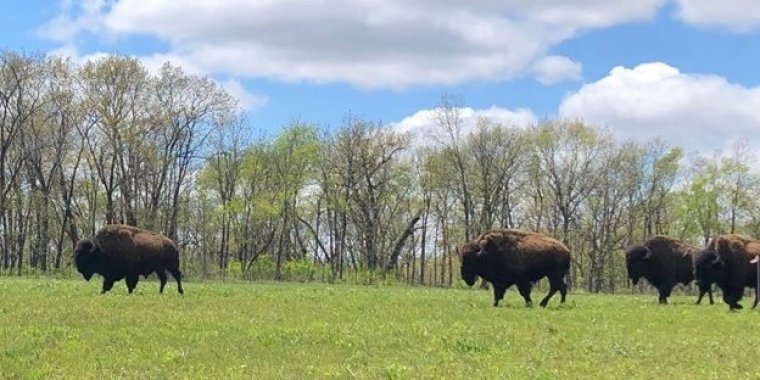| News / Science News |
Study challenges ecology's 'Field of Dreams' hypothesis
If you build it, they might not come. That's the key finding of a new study on habitat restoration practices that challenges a commonly accepted principle in ecology.

To restore habitat, management strategies proved stronger than the effects of plant biodiversity. Photo: Holly Jones
The study tested the "Field of Dreams" hypothesis, which predicts that restoring plant biodiversity will lead to recovery of animal biodiversity.
The prediction, which often guides restoration practices, is infrequently tested because restoration studies typically measure plant or animal biodiversity, but rarely both, said lead author Pete Guiden of Northern Illinois University.
Guiden and colleagues studied 17 research plots of restored tallgrass prairie, measuring biodiversity in four animal communities -- snakes, small mammals, ground beetles and dung beetles.
"We wanted to know if the most diverse animal communities were found in the most diverse plant communities, or if something else is responsible for patterns of animal biodiversity," he said.
While the scientists did find some positive connections between plant and animal biodiversity, the gains weren't nearly as strong as benefits derived from implementation of restoration management strategies.
"We found that the effects of management strategies like controlled burns and bison reintroduction on animal communities were six times stronger on average than the effects of plant biodiversity," Guiden said.
"The most important effects of restoration on animal biodiversity had little to do with plant community biodiversity," he added. "Management practices focused on restoring plants might be insufficient to also restore animals." (National Science Foundation)





